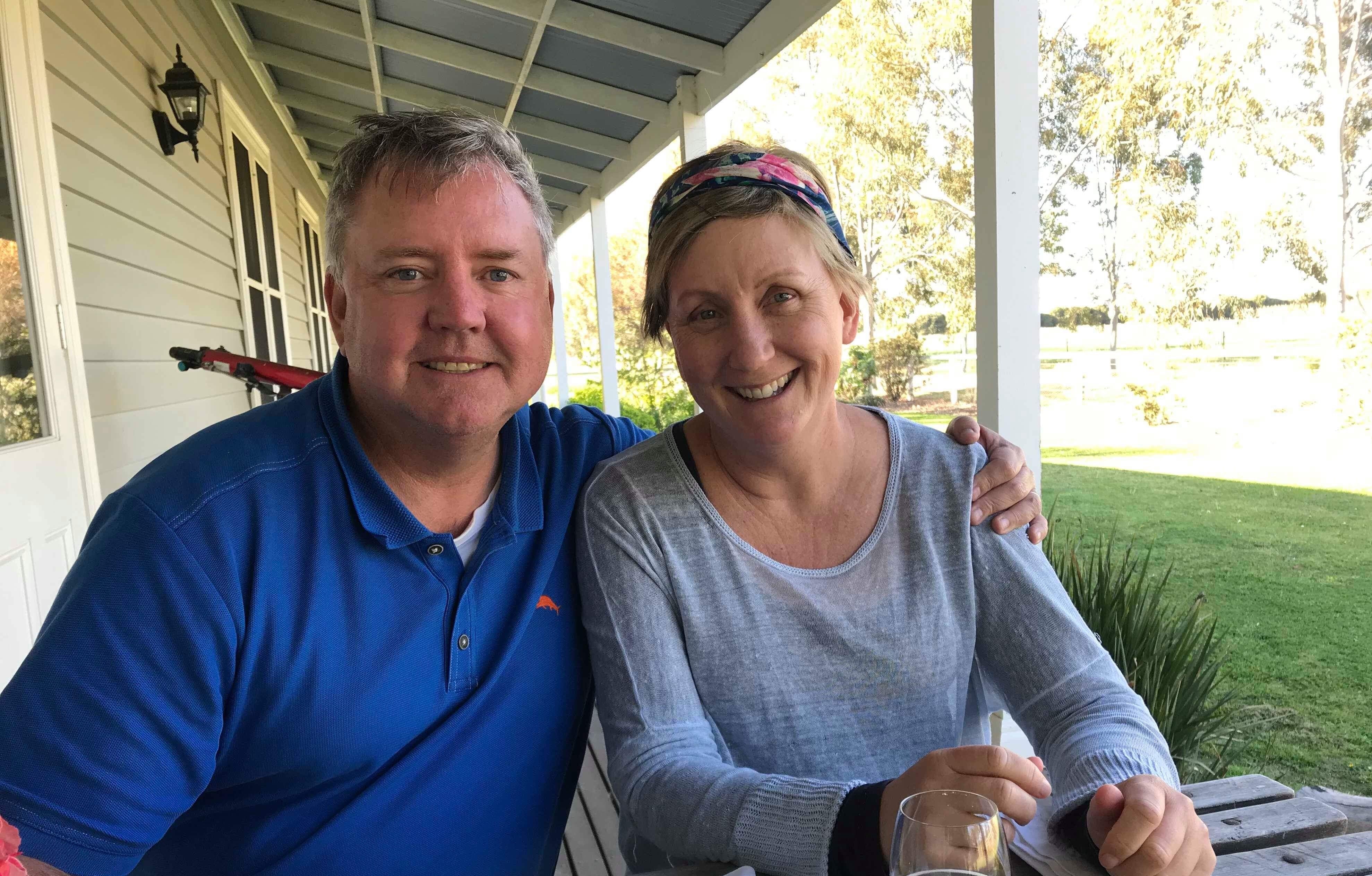Hodgkin lymphoma arises when developing lymphocytes undergo a malignant change and multiply in an uncontrolled way. These abnormal lymphocytes (called lymphoma cells) form collections of cancer cells called tumours, in lymph nodes (glands) and other parts of the body.
Hodgkin lymphoma is distinguished from all other types of lymphoma because of the presence of a special kind of cancer cell called a Reed-Sternberg cell. When it is first diagnosed, Hodgkin lymphoma may affect a single lymph node or a group of lymph nodes or it may affect another part of the body such as the spleen, liver or bone marrow.
In more advanced stages, Hodgkin lymphoma can spread via the lymphatic system and the blood to almost any part of the body. With treatment, most people with Hodgkin lymphoma can be cured. This is especially true for younger patients who are diagnosed with early stage disease. Advanced stage Hodgkin lymphoma can also be treated very successfully.
Hodgkin lymphoma: the basics
What are the sub types of Hodgkin lymphoma?
The five different types of Hodgkin lymphoma are distinguished from each other by the appearance of the lymphoma cells under the microscope.
- Nodular sclerosing: more commonly seen in young adults and usually involves the lymph glands of the neck and chest.
- Mixed cellularity: more commonly seen in older people (over 50 years).
- Lymphocyte-rich: a rare sub-type with the most favourable outcome of all the Hodgkin lymphomas. This sub-type involves very few Reed-Sternberg cells making it challenging to diagnose correctly.
- Lymphocyte depleted: this disease tends to be more widespread at diagnosis.
- Nodular lymphocyte predominant: tends to be slow growing and responds well to treatment with radiotherapy and chemotherapy.
How common is Hodgkin lymphoma?
Each year in Australia, around 600 people are diagnosed with Hodgkin lymphoma. Overall, Hodgkin lymphoma is a rare disease accounting for around 0.5% of all cancers and around 10% of all lymphomas diagnosed.
Who gets Hodgkin lymphoma?
Hodgkin lymphoma can occur at any age but it is most common in adolescents and young adults, with over a third of all cases diagnosed between the ages of 15 and 30. Around 30 children (0-14 years) are diagnosed with Hodgkin lymphoma each year.
Hodgkin lymphoma occurs more frequently in males than in females.
What causes Hodgkin lymphoma?
In most cases the causes of Hodgkin lymphoma remains unknown. We do know that it is not contagious and like many cancers, damage to special proteins which normally control the growth and division of cells may play a role in its development. Research is going on all the time into possible causes of this damage.
People with a weakened immune system (immunosuppressed) due to an inherited immune deficiency disease, HIV infection, or drugs taken to prevent rejection of a transplanted organ, all have an increased chance of developing lymphoma. Infection with Epstein-Barr virus (EBV), the virus that causes glandular fever, may put some people at a higher risk of developing of Hodgkin lymphoma.
In most cases, people who are diagnosed with Hodgkin lymphoma have no family history of the disease. There have been some cases, however, where a brother or sister also develops Hodgkin lymphoma, suggesting a rare family genetic link to the disease. As this is very rare, it is not recommended that families undergo testing for the disease.
What are the symptoms of Hodgkin lymphoma?
Some people do not have any symptoms when they are first diagnosed with Hodgkin lymphoma. In these cases the disease may be picked up by accident, for example during a routine chest x-ray. The most common symptom of Hodgkin lymphoma is a firm, usually painless swelling of a lymph node (swollen glands), usually in the neck, under the arms or in the groin. It is important to remember that most people who go to their doctor with enlarged lymph nodes do not have Hodgkin lymphoma. Swollen glands often result from an infection, for example a sore throat. In this case the glands in the neck are usually swollen and painful.
Other Hodgkin lymphoma symptoms may include:
- recurrent fevers
- excessive sweating at night
- unintentional weight loss
- persistent fatigue and lack of energy
- generalised itching or a rash.
These symptoms are also seen in other illnesses such as viral infections. Most people with these complaints do not have Hodgkin lymphoma. However, it is important to see your doctor if you have any symptoms that do not go away so that you can be examined and treated properly.


